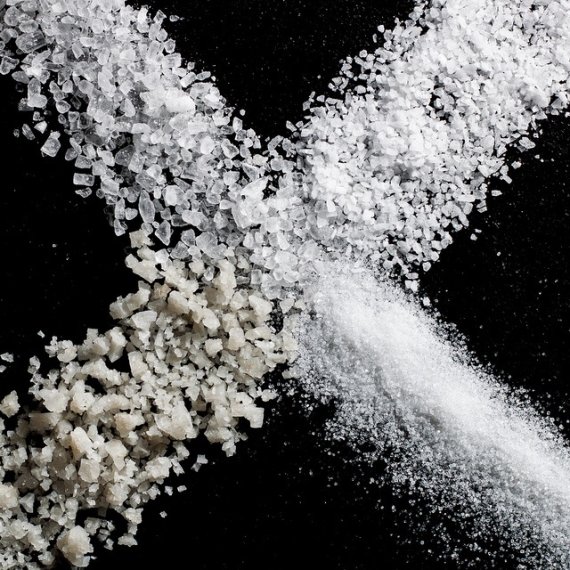Photo: Tim Sackton
How do big differences arise within product groups?
‘Take frozen pizzas as an example. Some of them are produced for Dutch supermarkets which have signed the agreement to cut down on salt. But meanwhile there are pizzas from big foreign companies on the market as well. These recipes are not adapted to Dutch tastes, agreements etcetera, only to the regulations. But you can’t just blame everything on that of course. Agreements between government and industry are often made with branch organizations, and not all companies belong to those. Relatively large amounts of salt are often used in traditional products, especially. But one wonders how terrible that is.’
What do you mean?
‘The aim is to get the Dutch to eat less salt. But the NVWA only publicizes whether products contain more or less salt than they used to, not how popular they are. If the NVWA named the products, you could estimate their effect on overall salt consumption.’
Shaming, but more importantly ‘faming’ incentivizes companies to cut down on salt.
And you think that’s a good idea?
‘Yes. Shaming, but more importantly ‘faming’ incentivizes companies to cut down on salt. Companies that are doing well deserve applause. Because please note: we are not talking about regulations here but voluntary agreements. Companies take risks when they adapt their recipes. It is more expensive: salt costs next to nothing, they have to change their labels and do research, and consumers might not like their new products as much.’
So it is very hard to cut down on salt?
‘Cutting down by 10 percent is easy enough. You can do that quietly without anyone noticing. At 20 to 30 percent it becomes more of a challenge. Then you have to start giving thought to product design and marketing. Do you want to market it as a reduced-salt product, for instance?’
Less salt, fewer heart attacks
Sauerkraut just as tasty with less salt
Science – 10 October 2013 10:32-Master’s students come up with solution for soggy texture.

